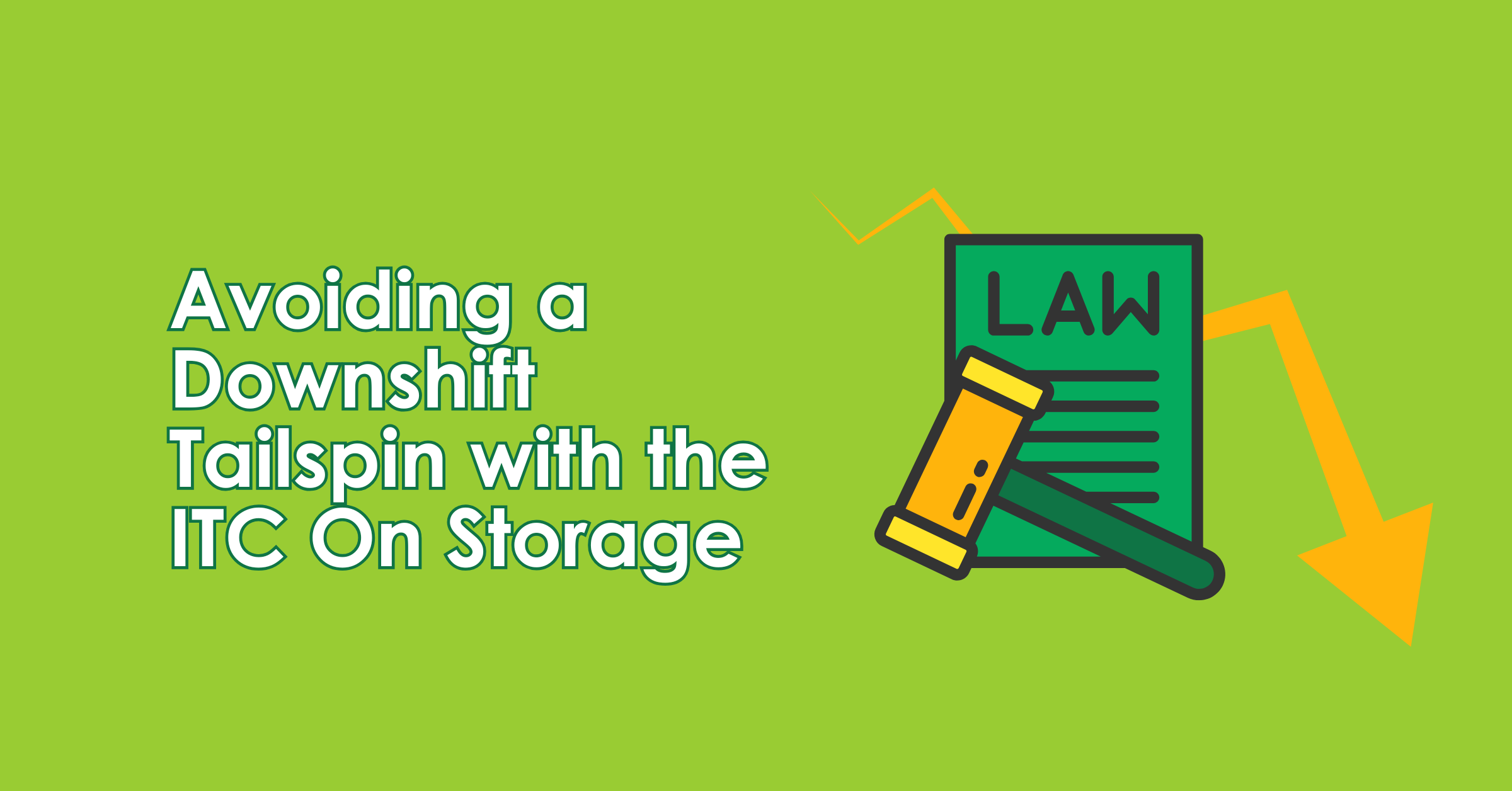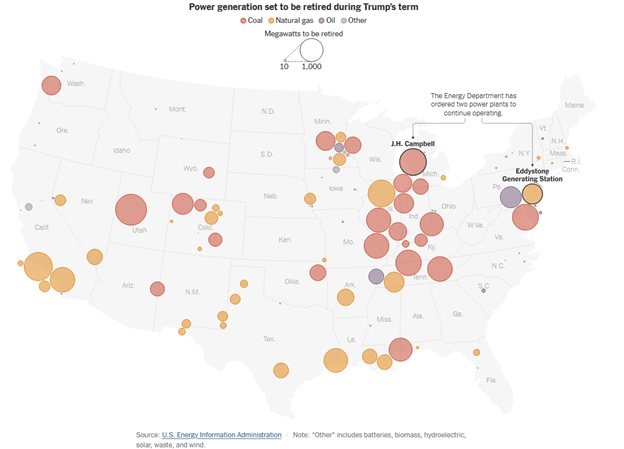
Since the One Big Beautiful Bill (a meme from the 80s comes to mind – gag me with a spoon! ????) has passed, interest groups from every angle have mobilized to steer it in their direction as Senators take it up for handouts to their favorite funding organizations, led by Big Tech.
Lobbyists in the Sausage Factory
They say lobbyists write these bills. Gemini tells me, “Yes, lobbyists can and do write legislation. They often draft bills or provide significant input into the language of bills, which members of Congress or state legislatures then introduce. This practice is common, especially when lobbyists represent industries or interests with close relationships with lawmakers.”
I say the lobbyists hand these hulking bills and a suitcase full of cash to legislators, wink, wink, and tell them to hurry up! It appears Big Tech did this because after passing the bill, some conservatives howled that buried in the OBBB (????) is ten years of immunity for AI developers, blocking states from holding AI companies accountable for damages. “States would be unable to enforce any non-criminal law in situations where someone used a computer, which constitutes most of modern life and commerce.” “It looks like an AI lobbyist’s wish list.”
Marjorie Taylor Greene, aka MTG, voted to pass the bill but now objects because she has since realized the immunity clause. See what I mean by hurry up? Don’t read it. Vote yea, now! States’ rights, anyone? I blame Mike Johnson for this poison bone shard (It’s sausage, and in reference to a poison pill, which should be enough to sink this abominable version of the bill) and MTG for voting yea without reading it.
“Windmill Garbage”
Whereas the ten-year immunity clause of the OBBB (????) was a camouflaged lobbyist’s career payout by his Big Tech clients, renewable energy and storage investment tax credits were the proverbial King Kong (800-pound gorilla is a little monkey by comparison) of targets for extinction. President Trump has a visceral hatred of the ITC, specifically for wind generation. This I know through my network of craft wannabe lobbyists who have access to the administration and certain Senate offices. This also just in via Zerohedge: Trump declares, “We’re not going to let windmills get built because we’re not going to destroy our country any further than it’s already been destroyed.“
Big Tech’s powerful lobby is pushing to save the ITC, not for the 24/7 Carbon Free Hall of Mirrors (wise choice), but they need all the electricity they can get, even if it’s not dispatchable (reliable). Energy Rant readers know I’m no fan of renewables and electric batteries because of their massive exported environmental and labor-abuse externalities and, for that matter, domestic environmental externalities.
The Scale of Hyperscalers
Hyperscalers (Big Tech), including Microsoft, Meta, Google, and Amazon, ask for 500 MW or more from utilities for each new data center facility. 500 MW is probably the average capacity of all coal plants closed in the last decade and half that of one nuclear power plant. Utilities are seeing total requests of 30-100 GW in one service territory, say ComEd in Northern Illinois and Chicagoland. Hyperscalers are plunking down tens of millions of dollars to get in line. They are buying up communities to raze what’s there and build a hulking data center where the birds chirp, and children play today.
When I was a kid, we had a minibike with a console that included a speedometer and odometer. There was no fuel gauge. There was a “reserve“ gas tank, which was simply a supply line connected to the bottom of the tank, so when the main supply, with the connection above the bottom of the tank, was exhausted, we weren’t stranded. It was like reserve margin on the grid. Grid operators rely on the reserve tank, which has been good for about two years at the current data center load growth rate.
The reserve tank consists of canceled coal plant retirements and nuclear plant revivals. Trump’s DOE recently ordered a 1.6 GW coal plant in Michigan to stay online for three extra months, shutting down at the end of August 2025. That is less than a band-aid on a severed carotid artery. The New York Times provides a convenient map (Figure 1) of planned shutdowns during Trump’s term.
Figure 1 Scheduled Power Plant Closures During Trump’s Term
 Shuttered nuclear plants with the opportunity for rebirth include:
Shuttered nuclear plants with the opportunity for rebirth include:
- The 805 MW Palisades Station in Michigan, owned by Holtec International
- The 835 MW Three Mile Island Unit 1 in New York, owned by Constellation Energy
- The 622 MW Duane Arnold Energy Center in Iowa, owned by NextEra Energy
I think I’ve established that at 500 MW a pop per data center, a few dribs and drabs of coal shutdown delays and nuclear plant resurrections will meet load growth for a measly one to two years.
All of the Above
Meanwhile, Canary Media reported that Texas/ERCOT has 4.8 GW of battery capacity as of March 2025, up from 0.8 GW two years ago. Battery capacity in ERCOT is nearly the same as nuclear capacity. What Canary fails to mention is that batteries are good for four hours per day, while nuclear power is good for 24 hours per day. Nevertheless, killing the ITC will jam renewable and battery deployments into first gear from North Dakota freeway speed. It will break some things and slam the brakes on capacity growth into a grid tailspin.
Perhaps we can get by without more wind and solar generation for a while, but we sure as H can’t get by without more storage capacity, including THERMAL. Hello? Storage is generator agnostic: wind, solar, nuclear, coal, natural gas, landfill gas, hydro, or imports. It works for all of them. Supply chains for storage support rapid growth. The supply chains for gas turbines are tapped out for five years.
Like it or not, the ITC for storage is necessary for grid stability and resiliency for the next five years, at least. The ITC for thermal storage is critical to demonstrate its value. Utilities should be allowed to add it to their rate base behind the meter. I’ve been writing about this for over ten years, long before Michaels was in the business of thermal energy storage. C’mon, man!
